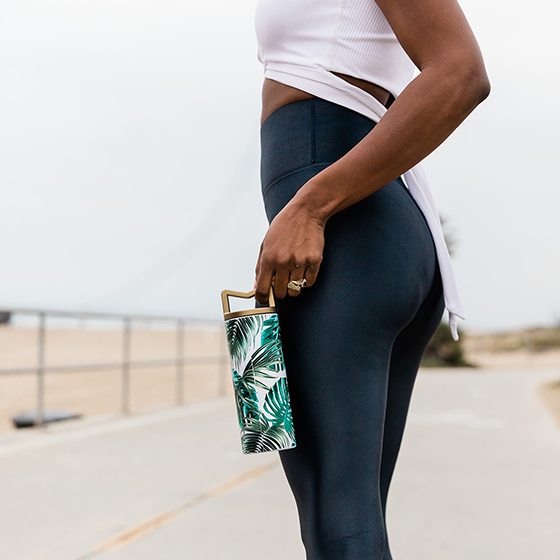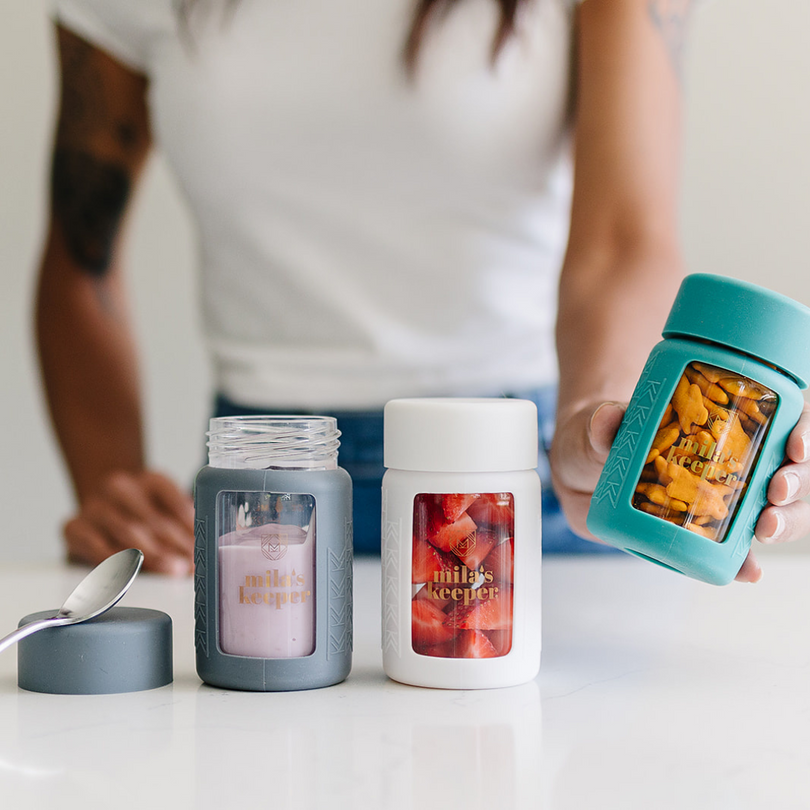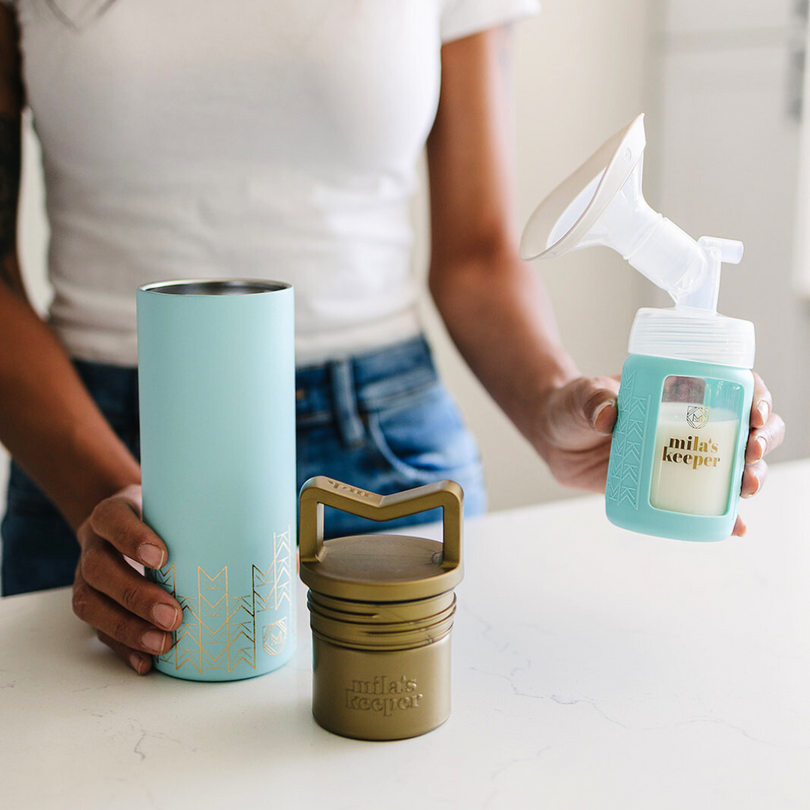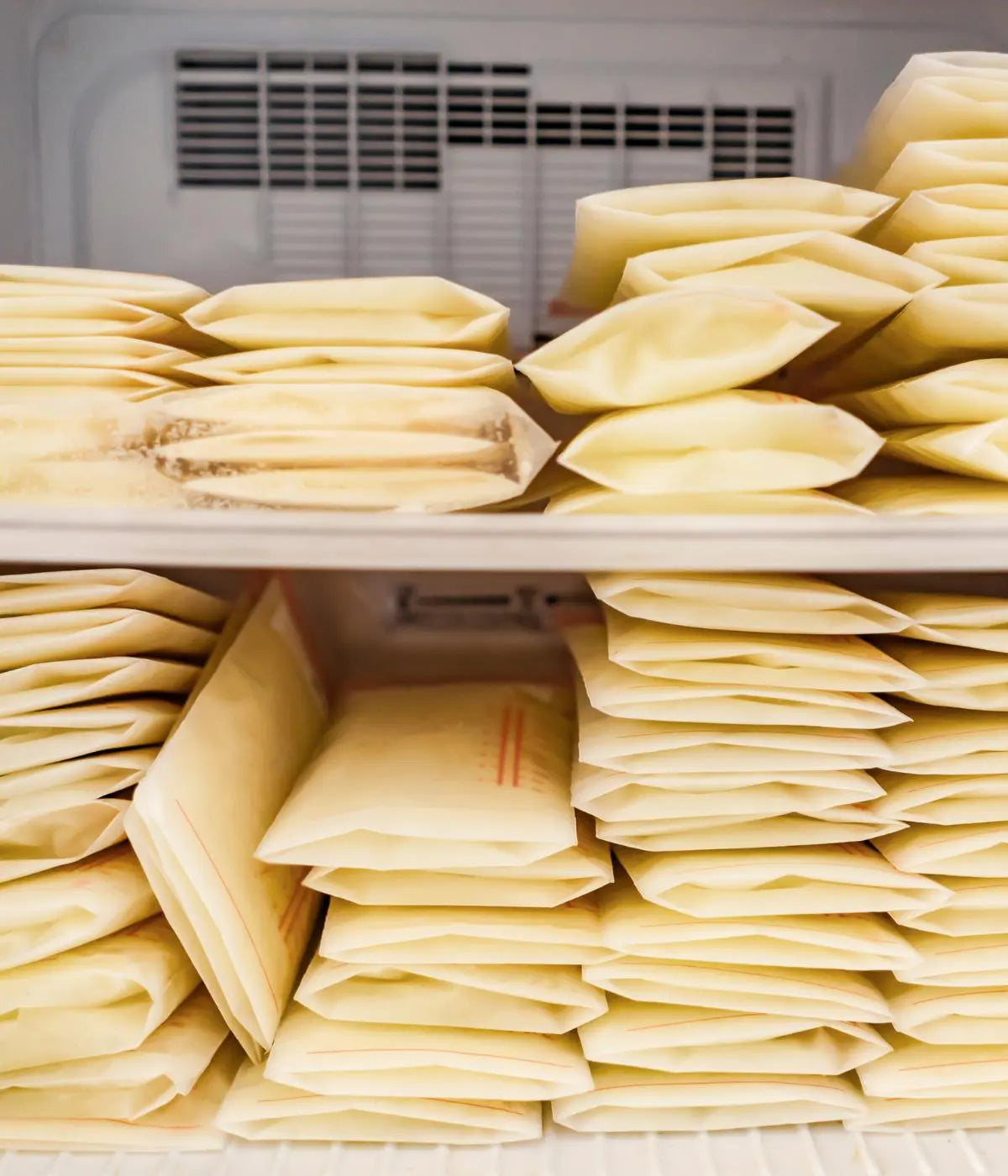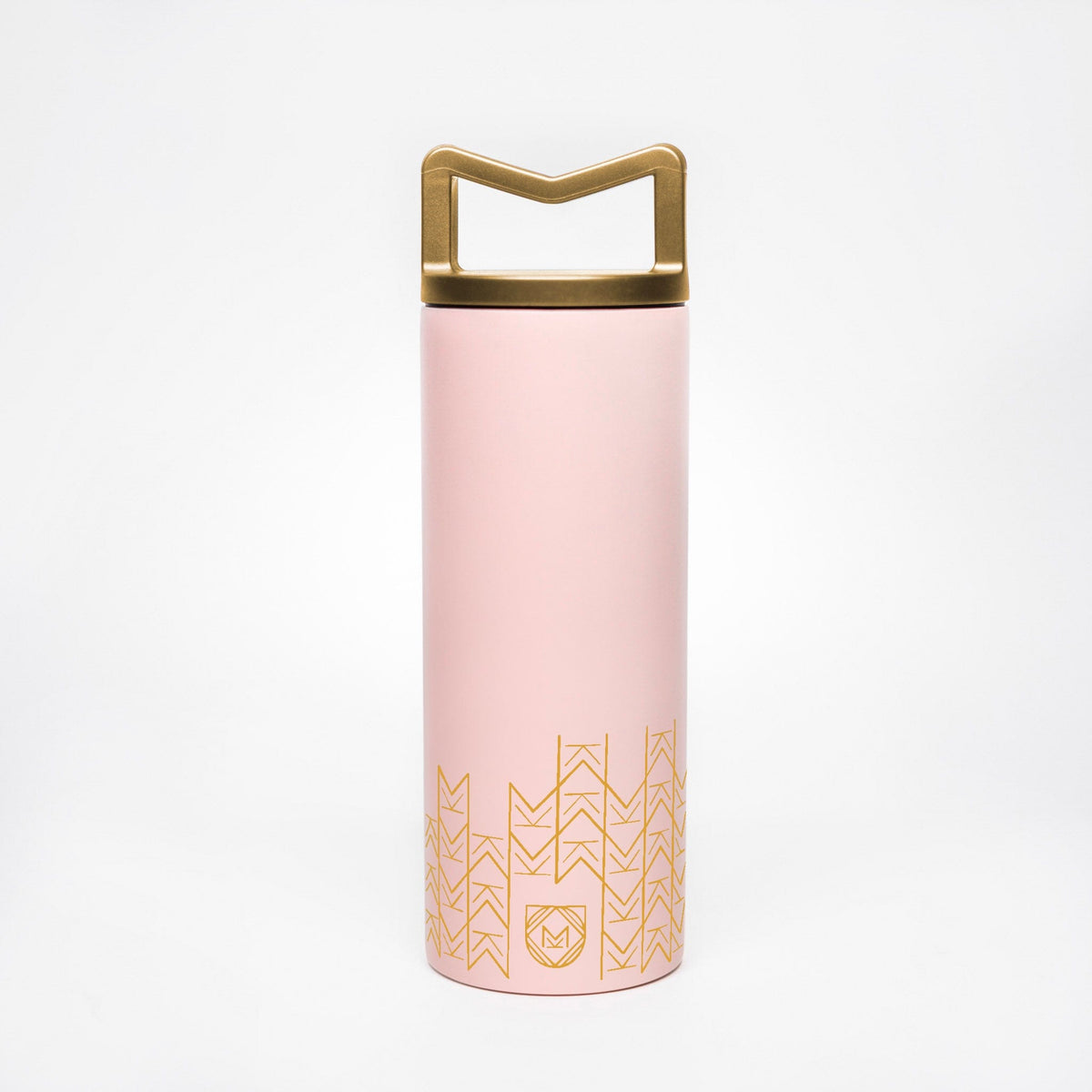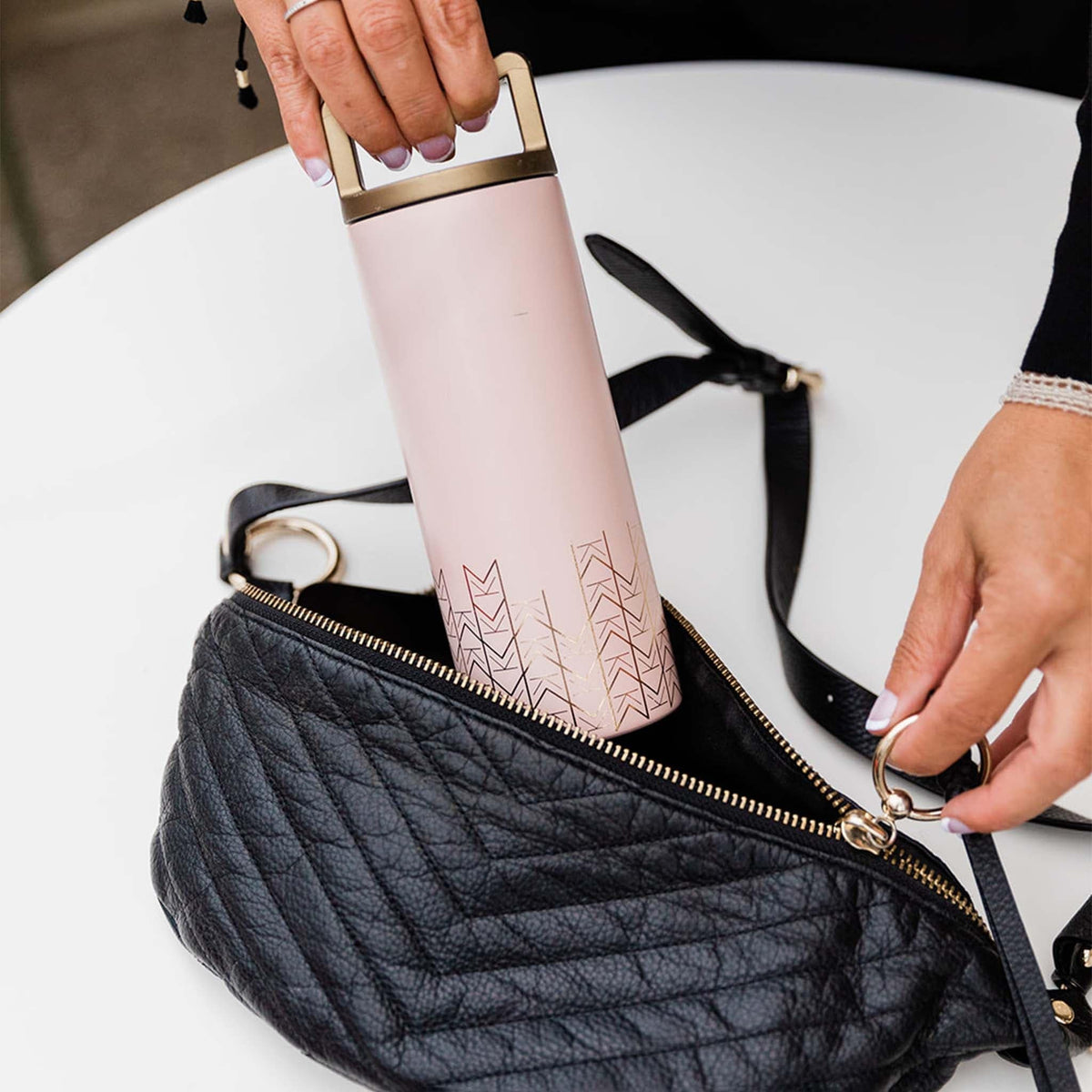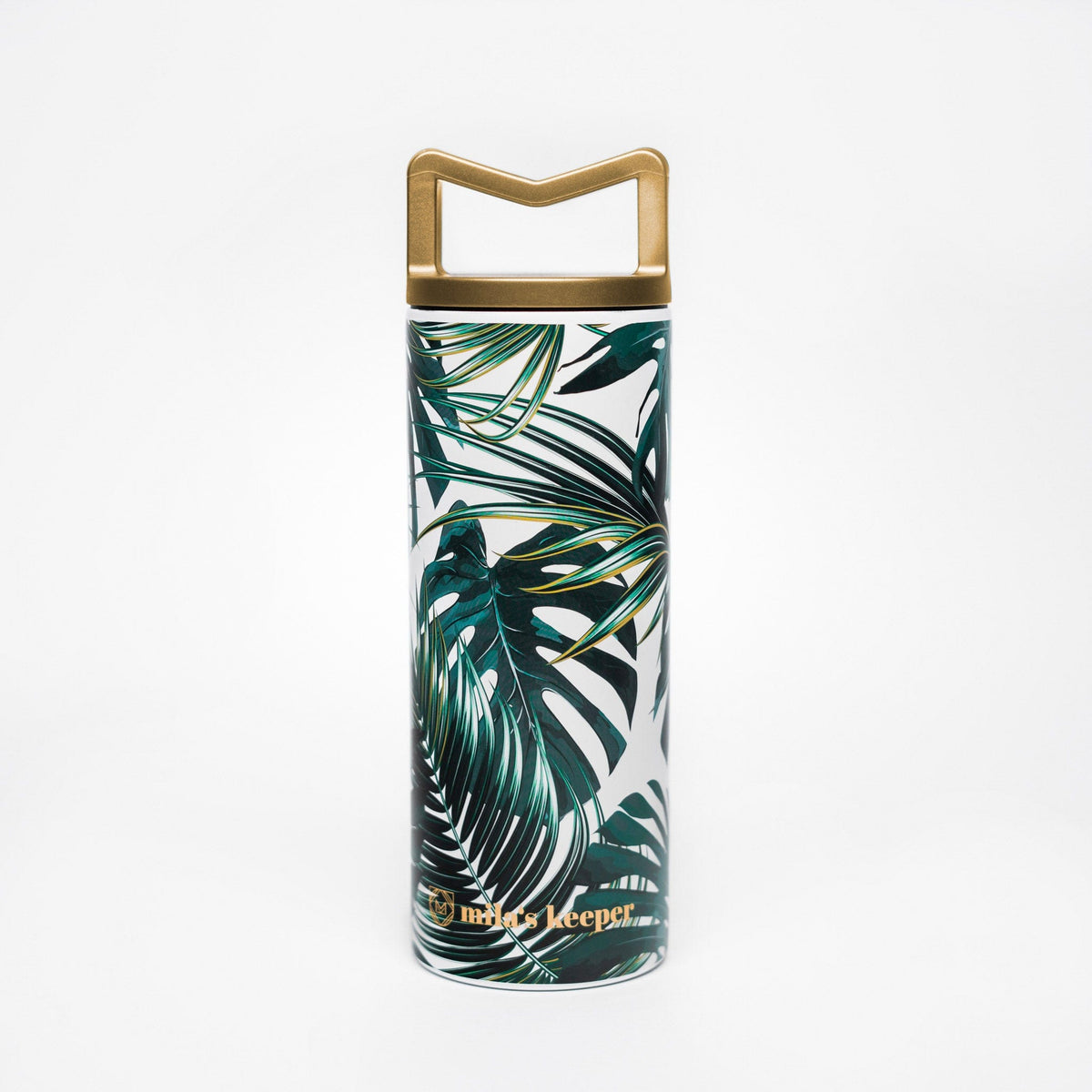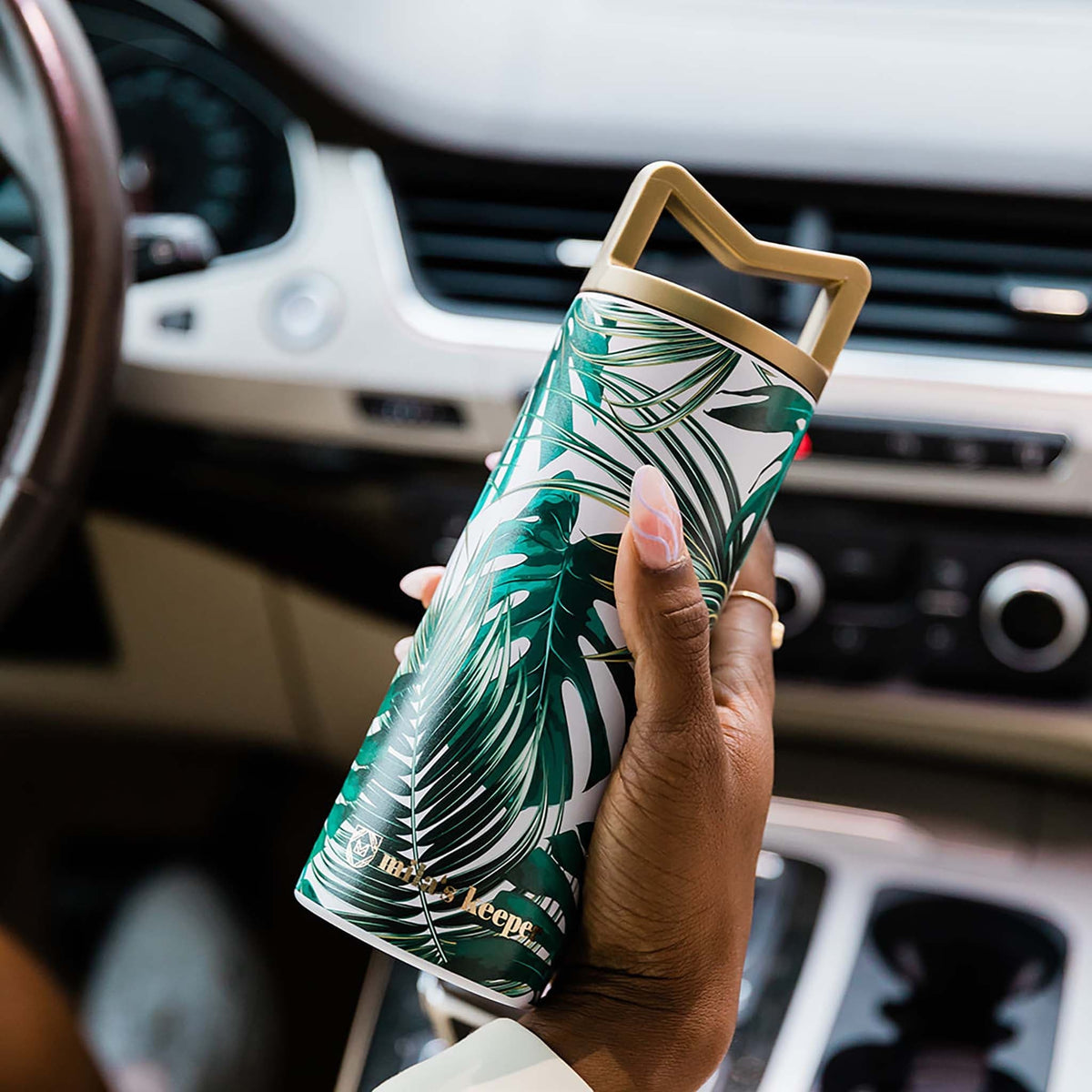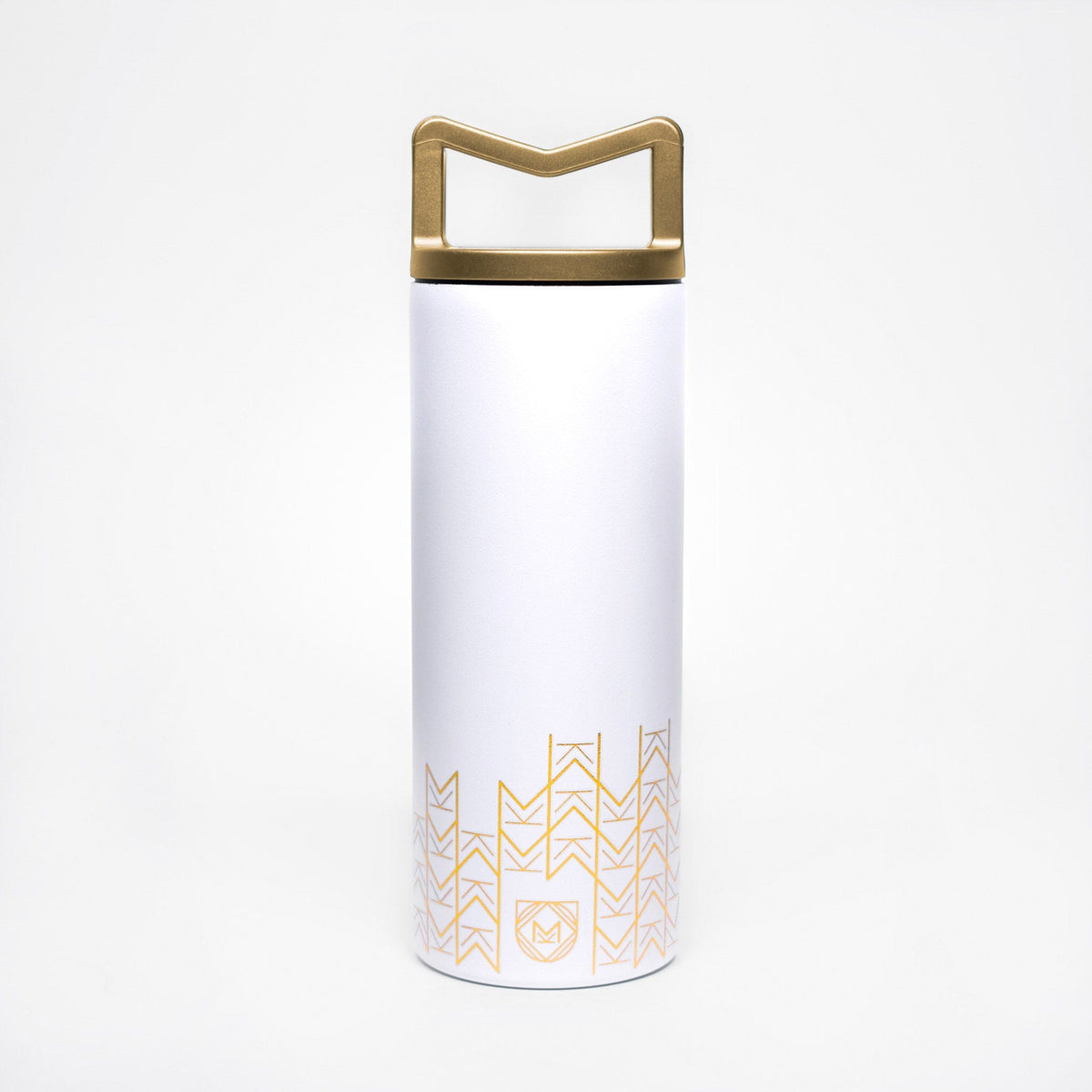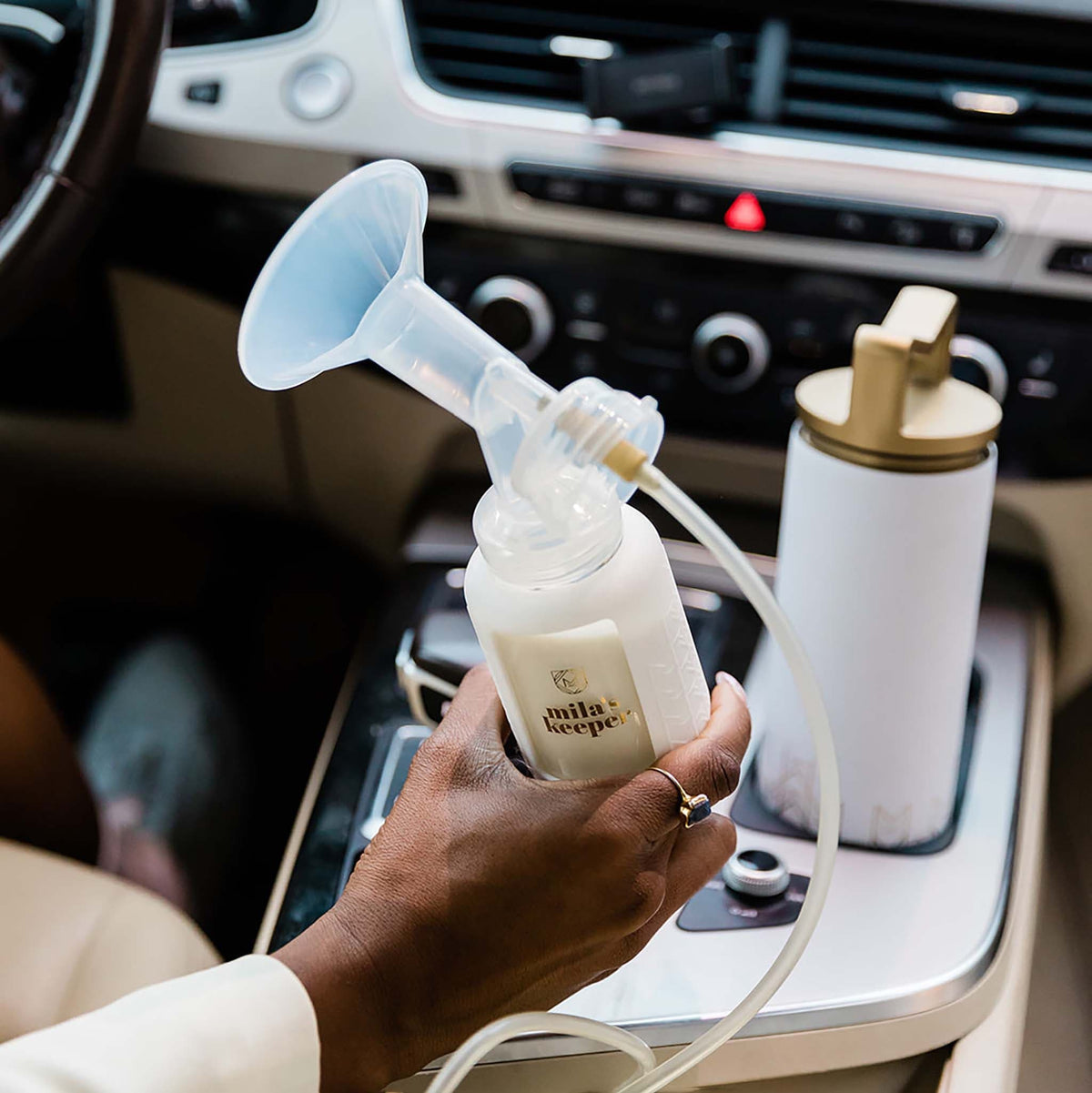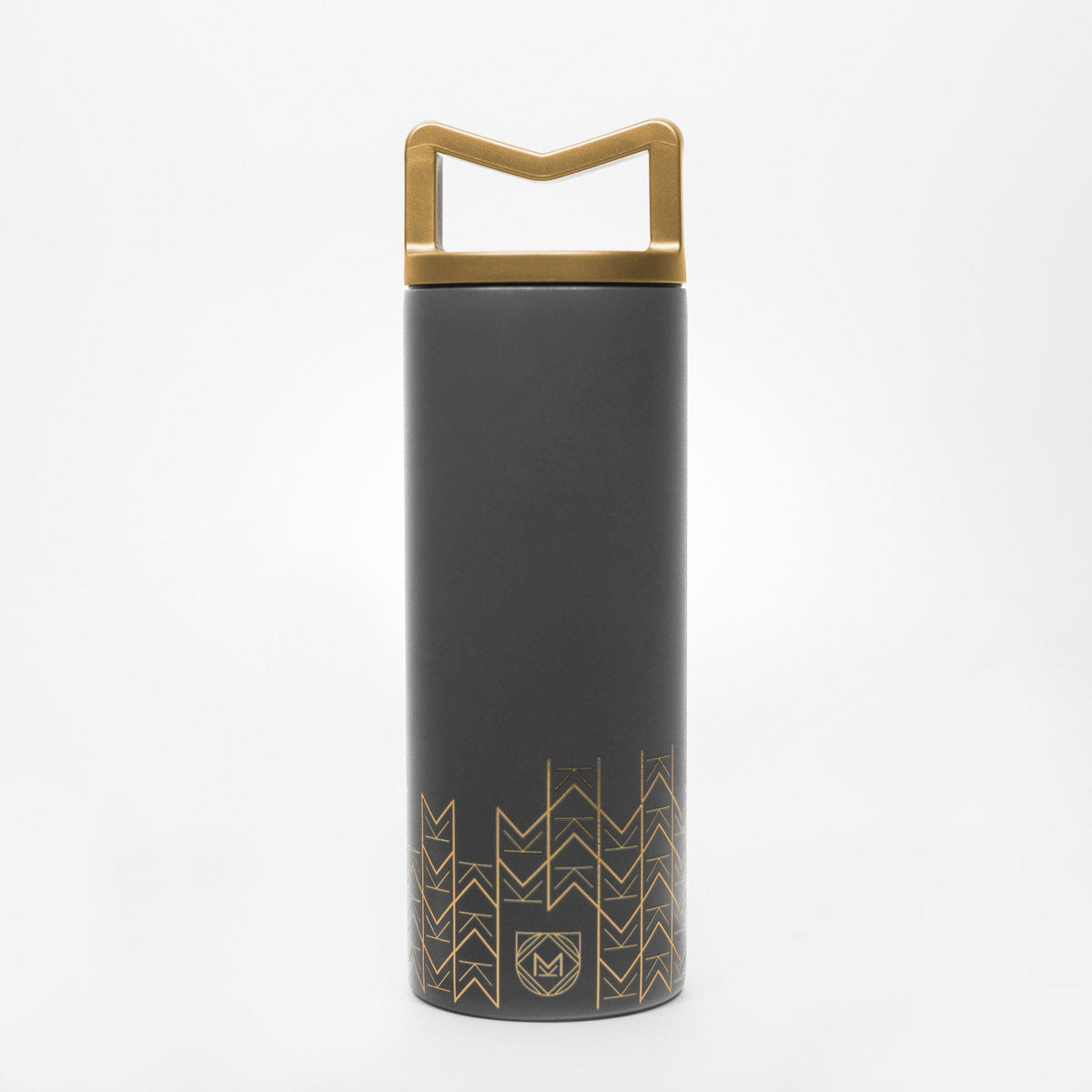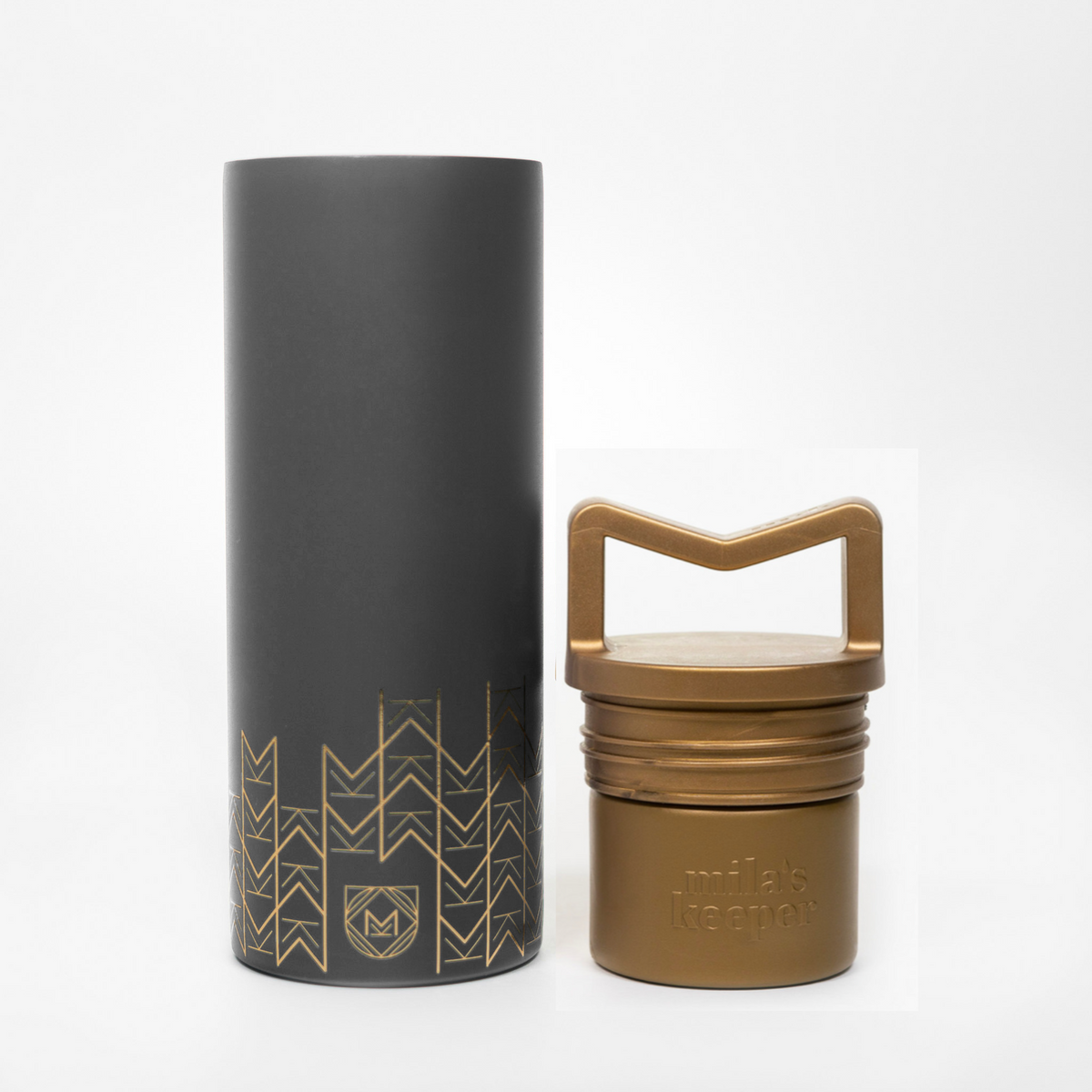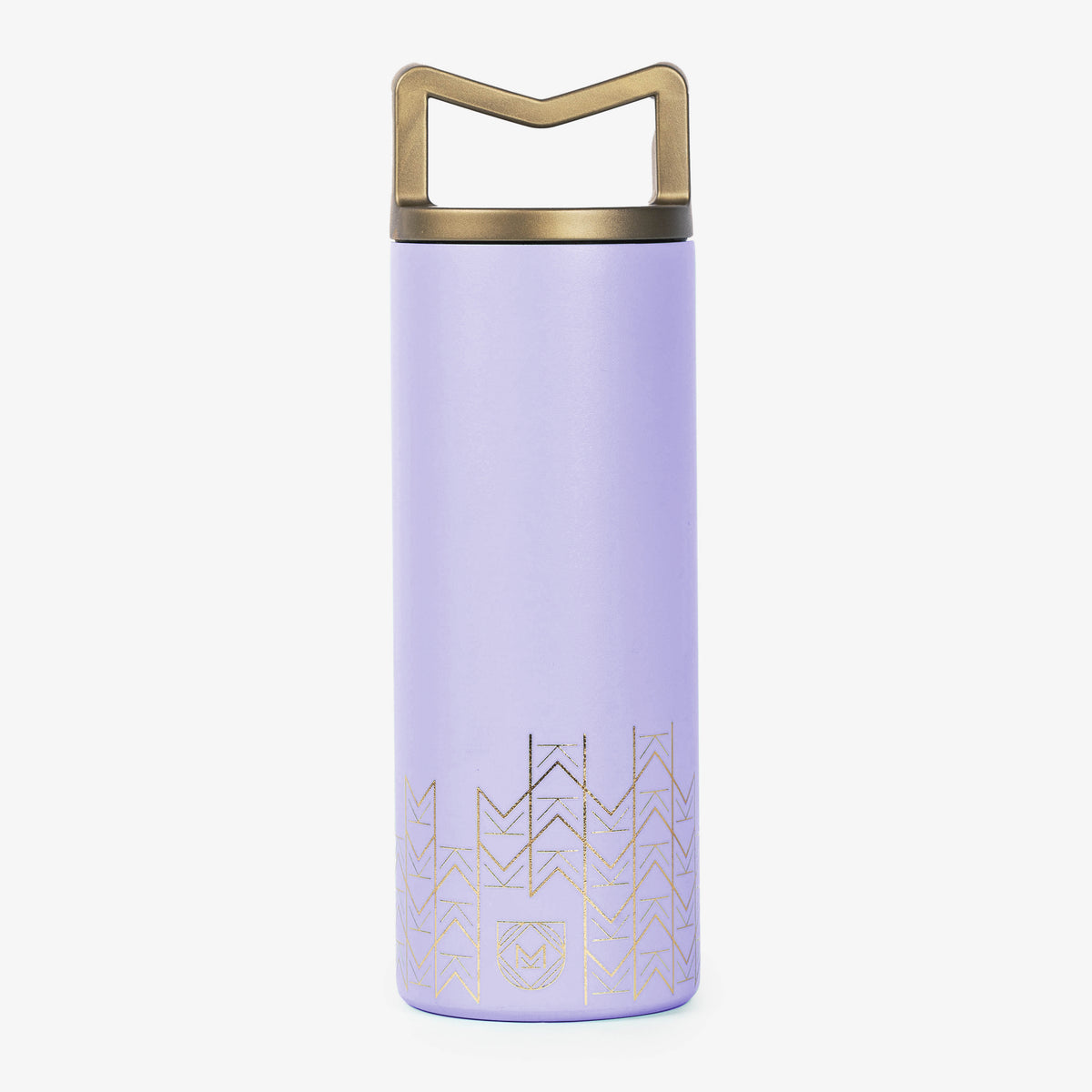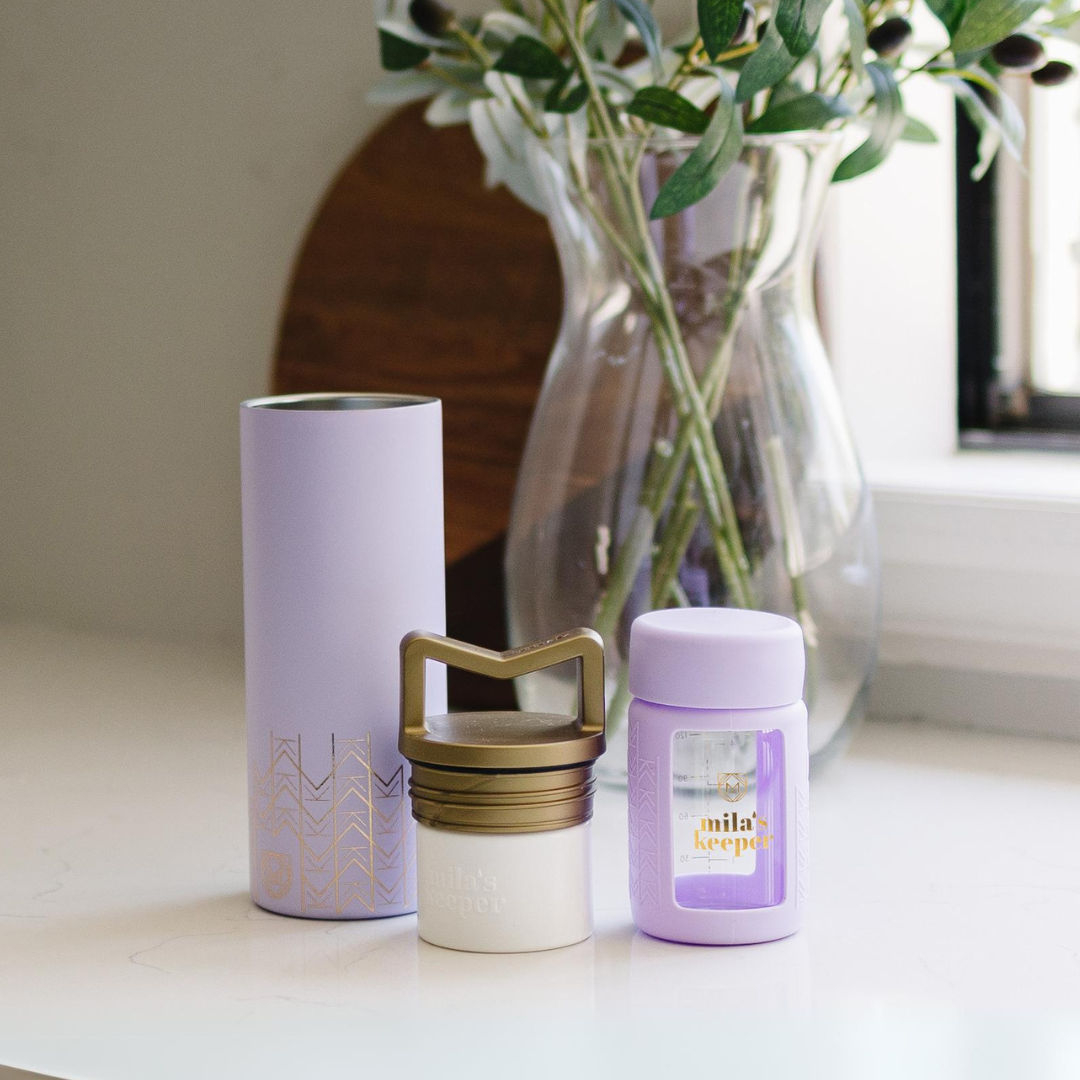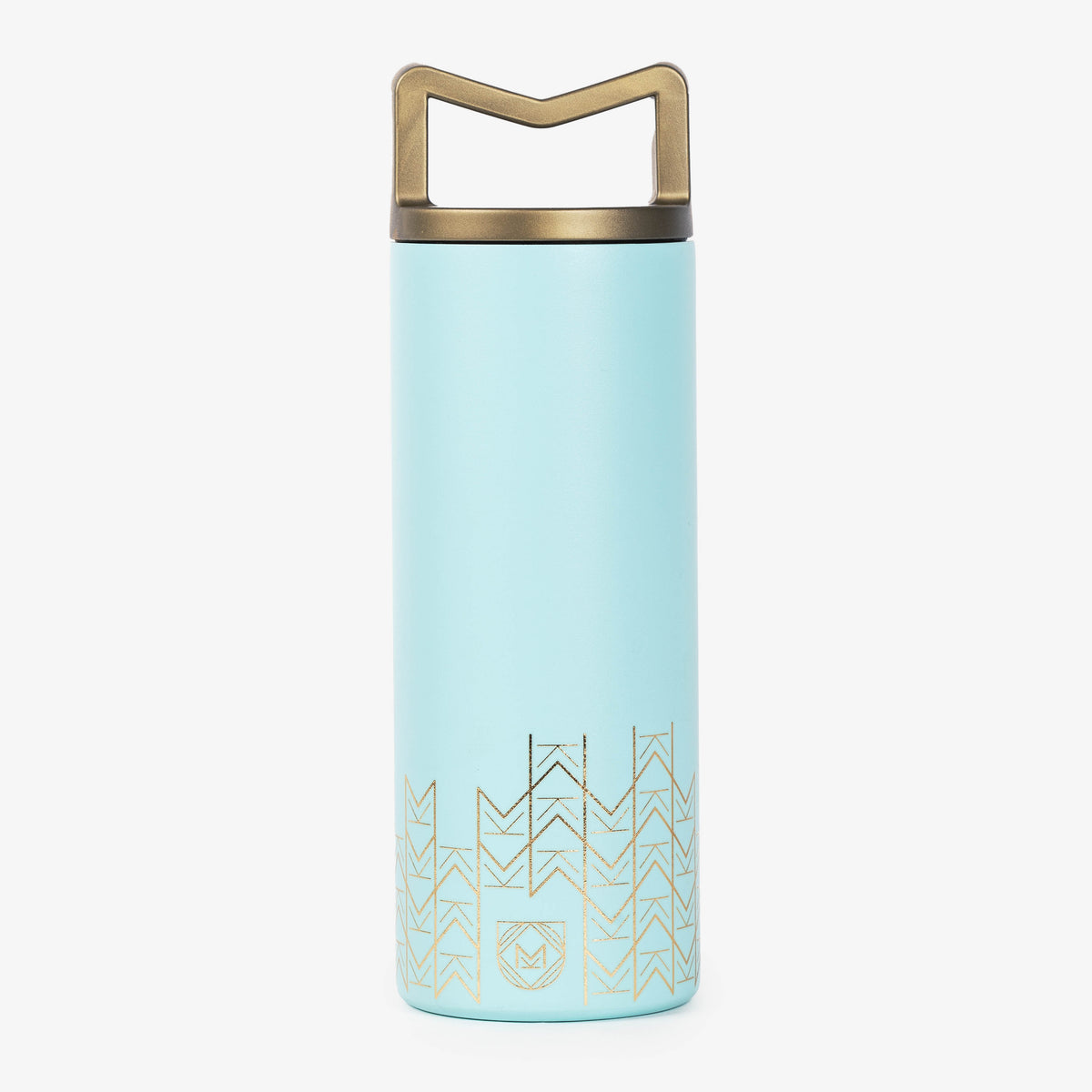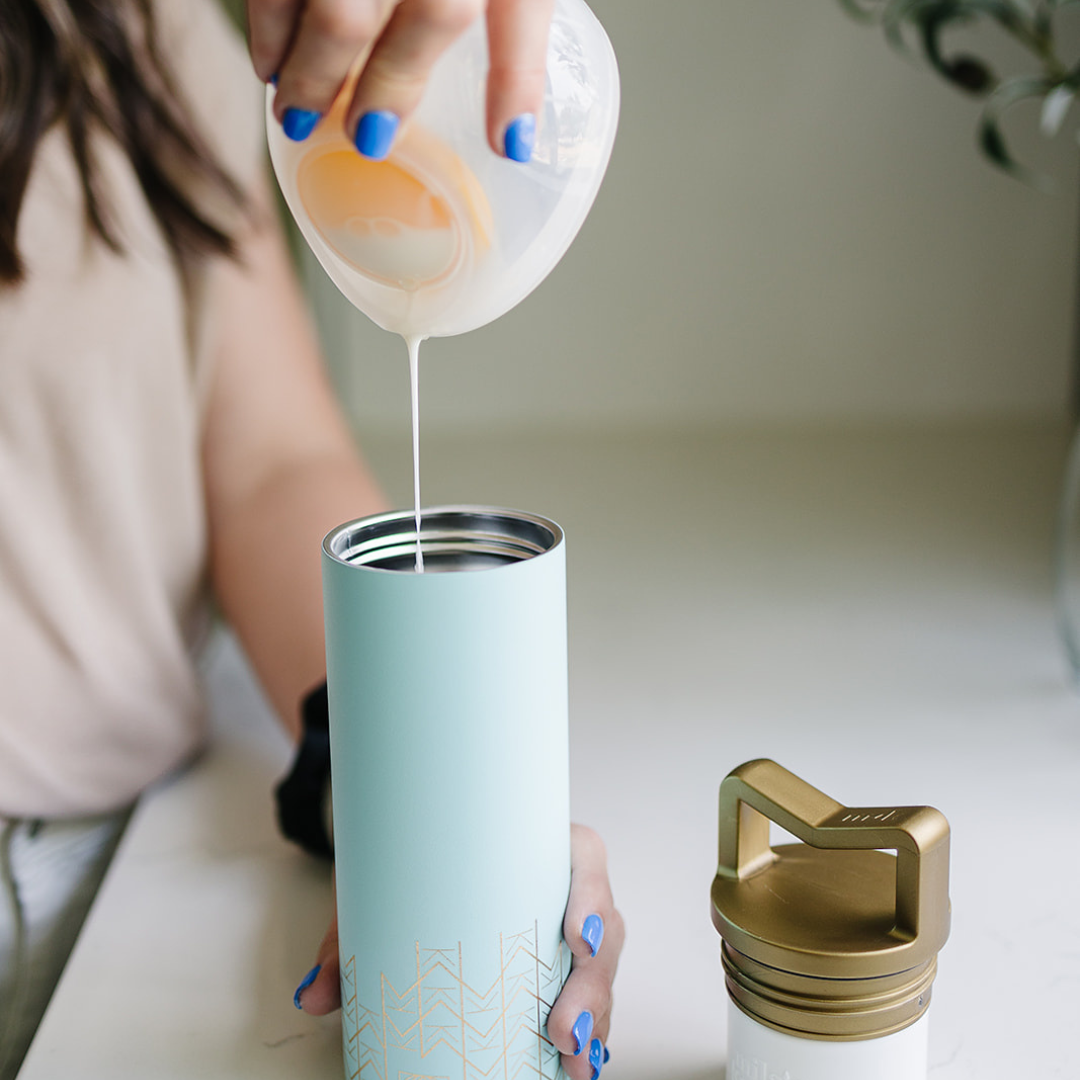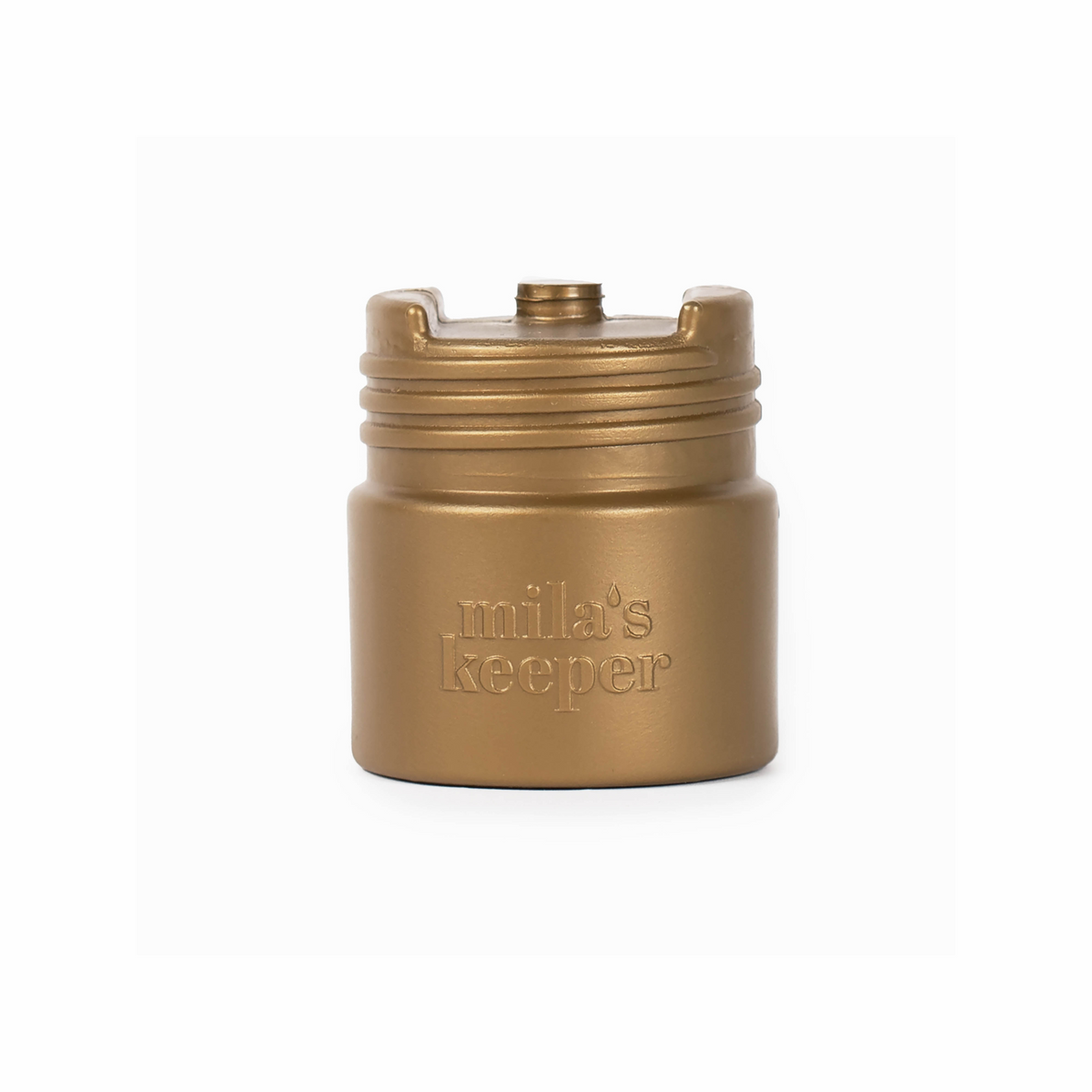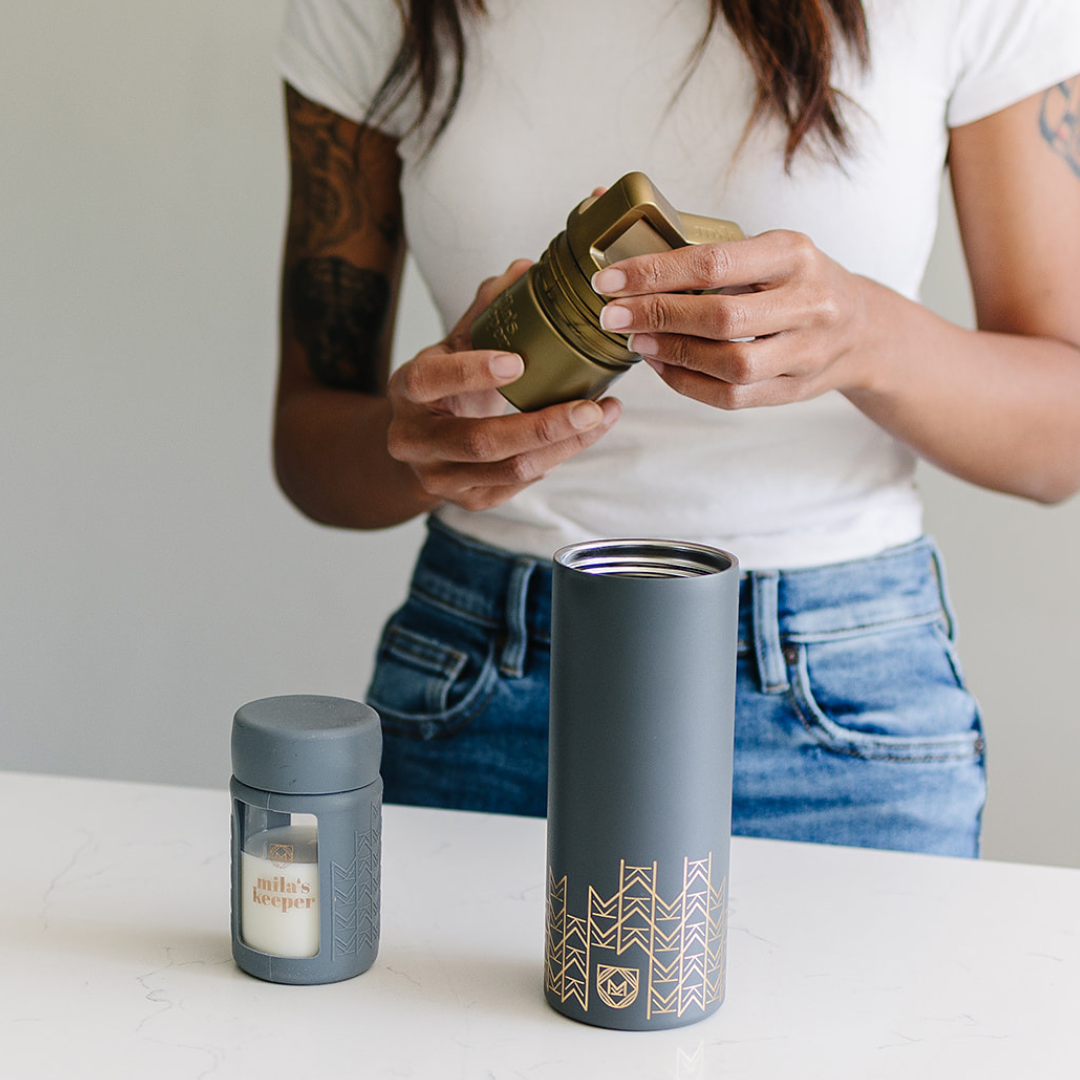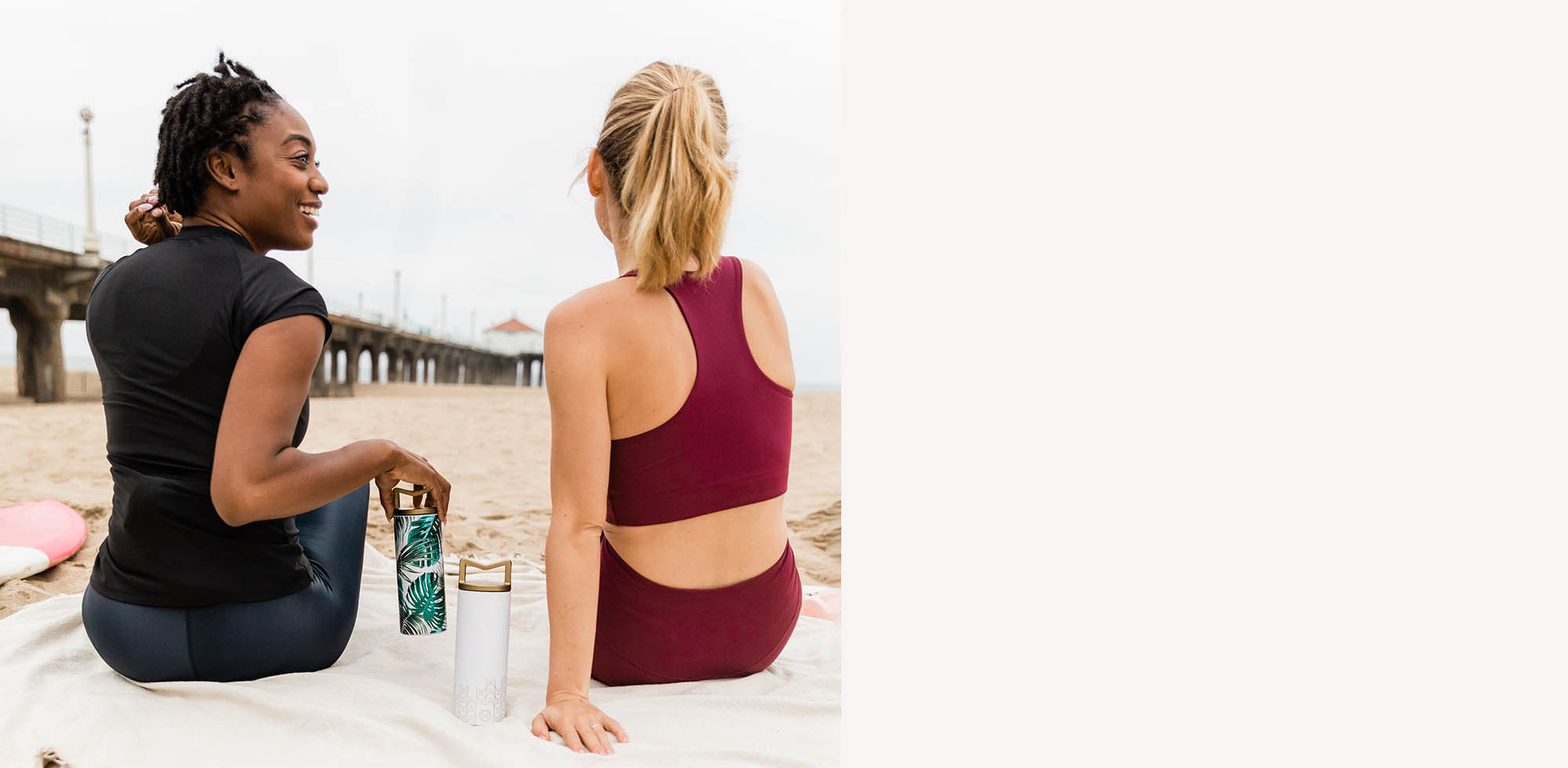A lot of things change once you have a baby. For one thing, you find yourself with far less free time than you once had. There’s more laundry to do, diapers to change and breast feeding bottles to clean.
While you may be enjoying the sweet snuggles and smells of a newborn, you might also be looking in the mirror and wondering when you’ll find the time to wash your hair, let alone find the time to get to the hair salon.
It’s common to want to get back to feeling (and looking) like “yourself”, and while many of your regular self-care appointments are now simply a scheduling problem, what about the aspects of your self-care routine that cause you to pause and wonder about the risk they may pose?
For many women, Botox has become a regular maintenance appointment, something they get done every few months or so. Since it’s typically advised to hold off on getting Botox injections while pregnant, the women who got injections regularly pre-pregnancy are probably anxious to get back to their routine, but is it safe to do so if they’re breastfeeding?
Botox and Breastfeeding: What You Need to Know
Botox is made from a purified form of a toxin called botulinum toxin, which is one of the most poisonous biological substances known, and is a neurotoxin produced by the bacterium Clostridium botulinum. The substance that’s injected into the body is carefully processed and diluted so that it’s safe to use, but there are still some unknowns.
Botox was initially approved over 30 years ago to treat eye muscle disorders, and then again to treat a neurological disorder called cervical dystonia. However, when you think of Botox, you probably think of it as a cosmetic treatment to battle the signs of aging.
Botox has become a popular cosmetic treatment because it temporarily inhibits muscle contractions, reducing the appearance of wrinkles and fine lines that are caused by repetitive muscle movements. The effects of Botox typically last for a few months, after which the nerve signals gradually return, and muscle activity resumes. Most people will get injections every few months when the effects start to wear off.
Even though Botox is typically thought of as a tool to fight aging, Botox continues to be used just as often to treat a variety of medical issues like debilitating migraines, excessive sweating, muscle spasms, and lazy-eye to name just a few.
Botox injections are generally regarded as safe, and there haven’t been any reported cases of transfer from mother to child, as of yet. However, it's important to note that because Botox injections contain neurotoxins, they can be hazardous in large amounts or for individuals allergic to these substances.
Botulism, the disease or infection caused by botulinum toxins, can pose a life-threatening risk, particularly for pregnant women, infants, individuals with compromised immune systems, or those with gastrointestinal conditions. Many new parents or parents of babies will be familiar with warnings about feeding honey to children under the age of one because of the potential risk of infant botulism. It’s thought that the use of Botox while pregnant or breastfeeding can pose a similar risk.
Can You Get Botox While Breastfeeding?
The use of Botox while breastfeeding is a topic that lacks sufficient scientific data to provide a definitive answer. The primary concern is that there’s a theoretical risk that the toxin could spread beyond the intended area, which a 2016 study found evidence of, and make its way into the breast milk.
Botox is a large protein molecule, and it’s generally believed that it doesn’t pass into breast milk in significant amounts. However, there’s still uncertainty regarding its potential risks to the nursing baby, especially considering the lack of comprehensive studies on this specific topic.
To err on the side of caution, it’s generally recommended to avoid Botox injections while breastfeeding and most licensed professionals will advise against it, especially if the use is solely cosmetic.
Risks of Botox While Nursing
The Food and Drug Administration (FDA) issues black box warnings, also known as boxed warnings, which are the strongest warnings issued by the FDA for prescription drugs. The purpose of black box warnings is to alert healthcare professionals and patients about serious or life-threatening risks associated with a particular drug, and are reserved for drugs that have been found to have significant risks that outweigh their potential benefits.
While the FDA has approved Botox for multiple uses, it also does have a black box warning for Botox stating:
“The effects of BOTOX and all botulinum toxin products may spread
from the area of injection to produce symptoms consistent with
botulinum toxin effects. These symptoms have been reported hours to
weeks after injection. Swallowing and breathing difficulties can be life
threatening and there have been reports of death. The risk of
symptoms is probably greatest in children treated for spasticity but
symptoms can also occur in adults, particularly in those patients who
have an underlying condition that would predispose them to these
symptoms.”
If you're considering getting Botox while breastfeeding, you should talk to your healthcare provider and bring up the black box warning and the potential risk of life-threatening side effects, especially in children. You should feel confident that you have all of your questions answered before you move forward.
Can I get Filler While Breastfeeding?
Like Botox, fillers, also known as dermal fillers or soft tissue fillers, are a popular cosmetic treatment used to enhance the appearance of the skin and reduce signs of aging, but they work in different ways and target different concerns.
Fillers are gel-like substances that are injected beneath the skin to add volume, fill in wrinkles or folds, and restore facial contours. They work by physically adding volume and filling in areas of lost volume or deep lines in wrinkles. They’re typically composed of substances such as hyaluronic acid, calcium hydroxylapatite, or poly-L-lactic acid, which provide structural support and promote collagen production.
If you find yourself asking: Can you get filler while breastfeeding? What about lip fillers and breastfeeding? As with Botox, there isn’t a whole lot of scientific data on the topic of getting fillers while breastfeeding. Although fillers aren’t expected to be present in breast milk, the impact of filler components on breast milk composition and a nursing infant isn’t fully understood. Even though the risk to a nursing infant is likely low, filler and breastfeeding is something you need to talk to your healthcare provider about before making a decision on.
Botox While Breastfeeding Alternatives
If you decide to play it safe and forgo Botox and fillers for cosmetic purposes while you’re breastfeeding, there are some alternative non-invasive cosmetic treatments you can get done instead, along with some adjustments in your routine.
Microdermabrasion is a non-invasive cosmetic procedure used to exfoliate and rejuvenate the skin. It involves the gentle removal of the outermost layer of dead skin cells using a handheld device that sprays tiny crystals or uses a diamond-tipped wand to abrade the skin's surface. The exfoliation process helps to improve skin texture, promote cell turnover, and stimulate collagen production. Microdermabrasion can help reduce the appearance of fine lines and wrinkles by stimulating collagen production and improving skin elasticity. The procedure is relatively quick and painless, with minimal discomfort experienced by most individuals.
Facial laser treatments are cosmetic procedures that use laser technology to address various skin concerns and improve the appearance of the skin. These treatments involve the use of controlled beams of light that target specific skin structures, such as pigments or blood vessels, which can improve skin texture and tone without the use of injectables.
Chemical peels are cosmetic procedures used to improve the appearance and texture of the skin. They involve the application of a chemical solution to the skin, which causes controlled exfoliation and removal of the outer layers. This process stimulates skin cell regeneration, resulting in a smoother, rejuvenated complexion. Chemical peels can be performed on the face, neck, hands, or other body areas.
If you’re looking for alternatives that you can do at home, you could try homemade masks,
Frownies, which are sticky patches that help limit muscle activity while sleeping, or adjusting your diet to include more water, leafy greens and fruit.
Final Thoughts on Botox and Breastfeeding
While it may be tempting to schedule a Botox appointment the first chance that you get after giving birth, keep in mind that it’s something that you need to thoroughly discuss with your healthcare provider.
If you get Botox injections for a medical purpose, you and your Doctor might decide that it’s worth the potential risks to continue to receive them while breastfeeding. On the other hand, if your Botox injections are purely for cosmetic purposes, you might want to first try out some of the alternatives we’ve suggested, and see if those can hold you over until you’re through breastfeeding. Again, it’s something you should discuss with your healthcare provider before making a final decision.
Whatever you choose to do, we’ve got your back and support all breastfeeding mamas in their self-care journey. We know what you do is hard. Taking a little time to take care of yourself and to make yourself feel like the best version of yourself is important!
Keep Reading related blog: Can You Get a Tattoo While Breastfeeding?
--
A female-designed and female-run company, Mila's Keeper is on a mission to empower women to thrive during their breastfeeding journey by offering reusable, eco-friendly breast milk storage solutions for their day-to-day needs. Get the latest tips and info on Mila's Keeper products by following us on Facebook, Twitter, Instagram, Pinterest, and LinkedIn.

